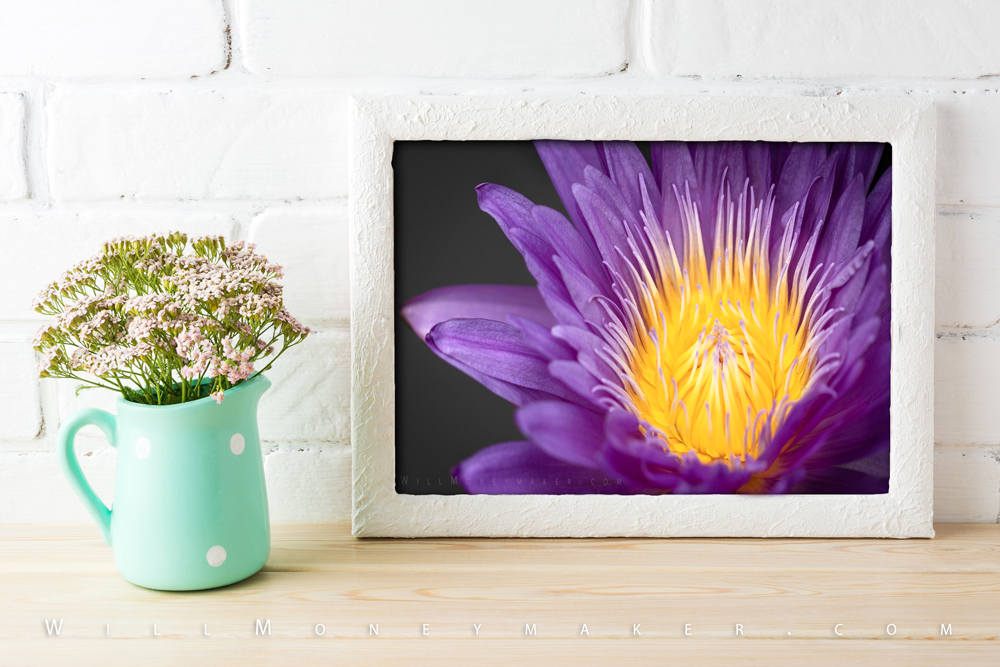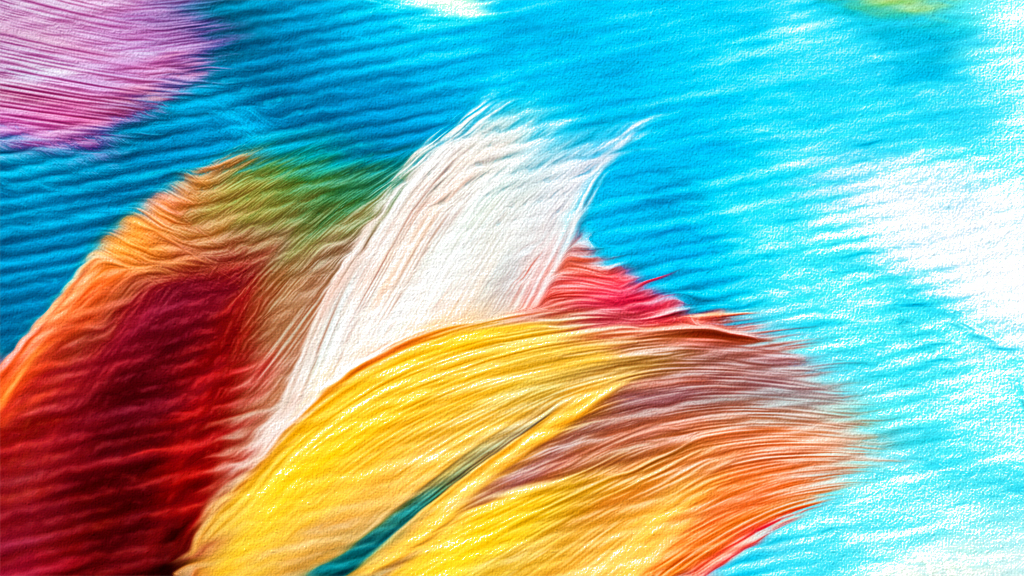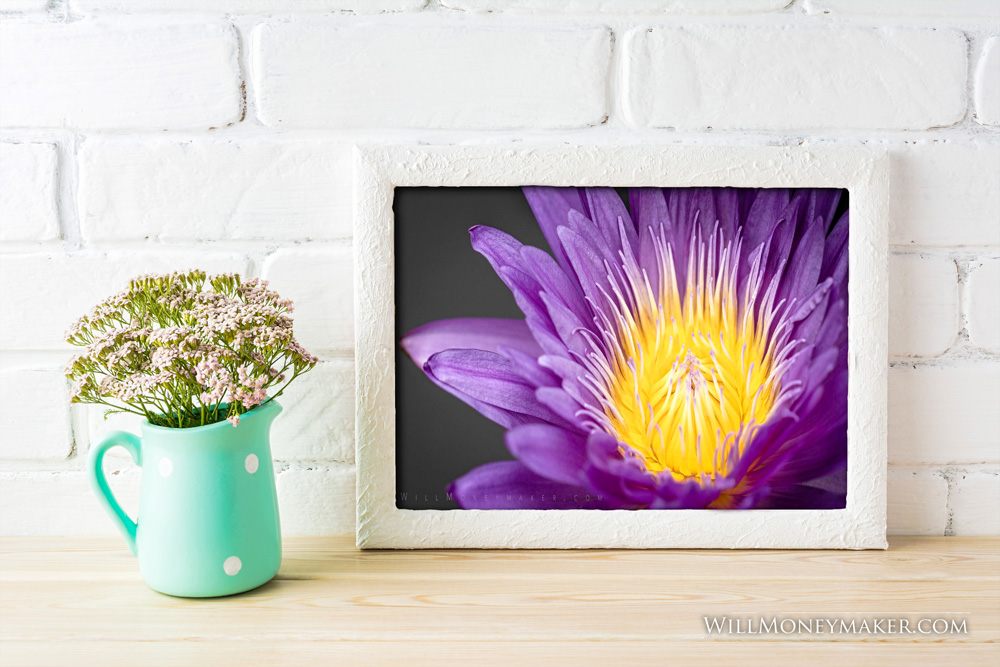As photographers, we make all of these photographs—dozens or hundreds over the course of a lifetime. And what do we do with them? I’m sure many of us have some of our own art hanging up around our homes, and it can be a bit frustrating at times because framed art is such a static thing. You pay to have a photograph properly matted and framed, hang it up, and there it stays, often for years on end. It never changes despite the fact that your library of artwork keeps growing as you produce more and more photographs.
There has to be a better way. There must be some way to display photographs so that we can always be moving pictures. With traditional framed artwork, it’s a bit difficult. The expense is part of it because after spending on prints, matting and framing, you want the image to stay hanging for a good long time rather than collecting dust in a closet while you display something else. But wouldn’t it be nice to change the artwork around your home as the seasons change, or just whenever you feel like looking at something different?
Digital picture frames are one option. These give you the opportunity to create slideshows so that images are constantly rotating. But digital picture frames come with their own set of drawbacks. For one thing, despite the fact that we have amazing televisions, monitors and tablets, digital picture frames never really seemed to become widely popular, so most of the models today are quite small, between 10 to 14 inches. What’s more, once you’ve set it up, you’re stuck with the orientation you choose. If you place your picture frame horizontal, then the images you load onto it will all need to be horizontal because vertical images will show up small.
It’s an option to get our pictures moving, but I can’t help but think that there must be more options. One thought is to have a frame and mat made for larger images, one where, whenever you want, you can remove the print that is displayed and place a new one in the frame. Of course, this requires creating prints all to fit that particular frame and mat, but it is possible just to get some variety within the art hanging around your house.
I’ve also seen photographers use magnets to hang up photographs. Typically, the images are matted or mounted but not framed, and they’ll use adhesive backed metal or magnets followed by push-pin magnets to fix the art to the wall.
Another option, one that hearkens back to the old darkroom days, would be to use twine, clothesline or wire lined with clips. Hang photographs from the clips, which gives you a way to display an entire series at once—and a way to move photographs around easily whenever you like.
I’m sure there are a lot more ideas out there that would make art easily interchangeable so that we can do more with the prints that we’ve created. It all comes down to personal taste—the display style you like best. But I do think that we could all benefit from a change of pace sometimes, so it is worthwhile to look into ways to get our pictures moving.
Now go and enjoy the beauty of God’s creation through your lens.





